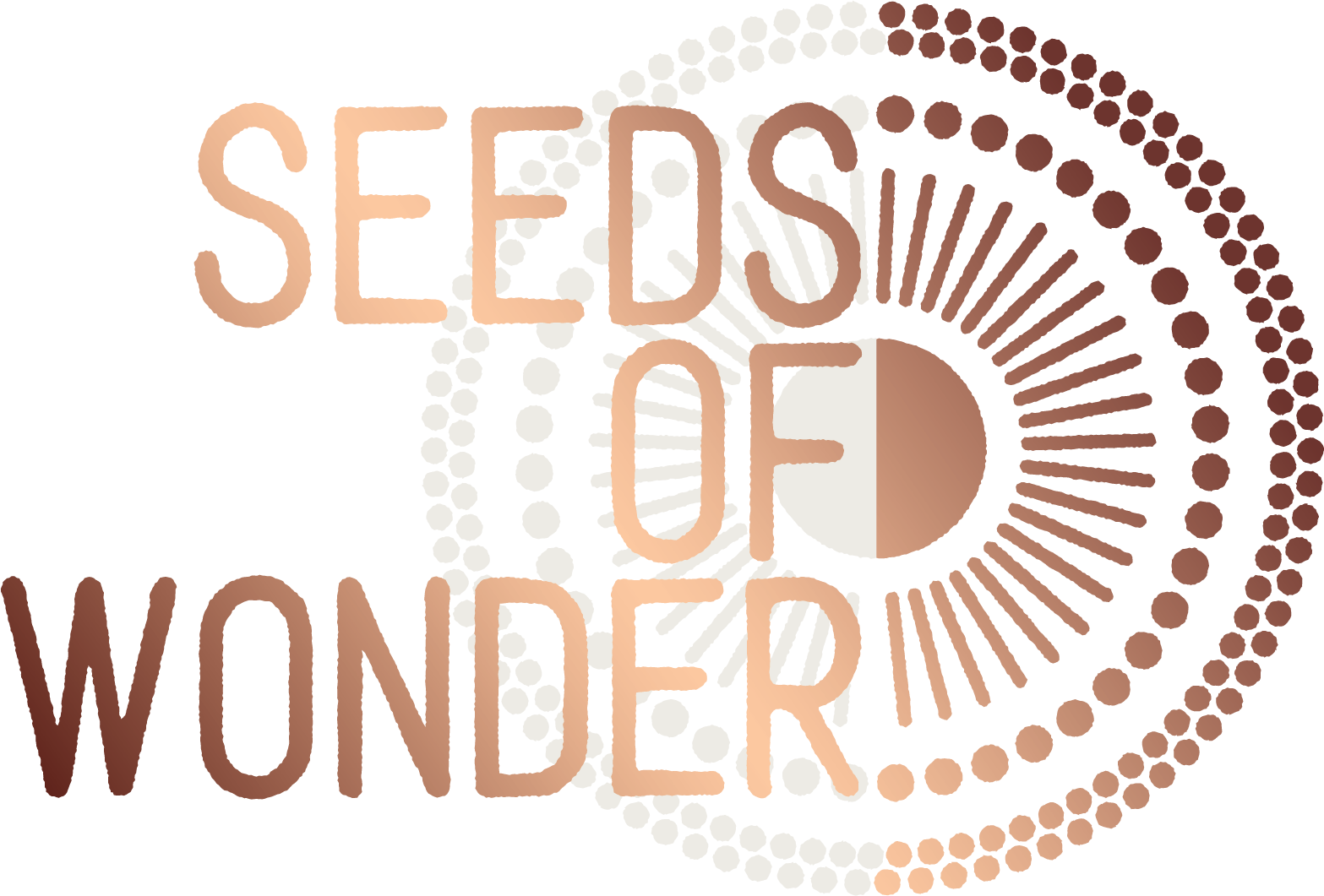Ayurveda – yoga’s sister science
Practiced for centuries, Ayurveda has two principal aims. The first is to keep healthy people healthy so they can achieve the four main goals of life: virtue, pleasure, purpose or wealth, and freedom from reincarnation. The second is to heal illness and disease.
It centers on creating balance in your life: physically, mentally, and spiritually.
In fact, Ayurveda considers health to be the continuous experience of physical, mental, and spiritual happiness and fulfilment.
Its focus is about creating balance in your body, mind, and consciousness through your thoughts, diet, lifestyle, and natural herbs and remedies.
Ayurveda sees each person as an individual with unique qualities and thus treats illnesses or diseases on an individual level.
It is therefore not surprising that Ayurveda is a Sanskrit word meaning ‘the science of life’ or ‘knowledge of life’.

Punchamahabhutas – the five elements that make up the universe
Ayurvedic philosophy believes that everything in the Universe is made up of combinations of five elements: Air, Fire, Water, Earth, and Ether or Space.
Ayurveda holds that each person’s energy has a unique pattern, incorporating these five elements.
Each element (Bhuta) holds unique qualities:
- Air (Vayu): represents expansion and incorporates sound and touch.
- Ether or Space (Akash): represents non-resistance and incorporates sound/essence.
- Fire (Agni): represents heat and light and incorporates sound, touch, and colour.
- Water (ap): represents liquidity or fluidity and incorporates sound, touch, colour, and taste.
- Earth (Prithvi): represents roughness and incorporates sound, touch, colour, taste, and smell.
The three doshas (principle energies)
The Punchamahabhutas combines in three patterns or principal energies, called doshas that oversee your bodily functions.
The doshas (Vata, Pitta, and Kapha) combine differently in each person’s body, and there are seven ways that they can combine. These combinations are called doshic prakrutis.
- Vata
- Pitta
- Kapha
- Vata-pitta
- Vata-kapha
- Pitta-kapha
- Vata-pitta-kapha
If you mostly have one dominant dosha, you are uni-doshic, two doshas will make you bi-doshic, and three doshas will make you tri-doshic. Tri-doshic individuals are fully balanced, and this combination is scarce.
Vata dosha
Vata holds the energy of Space and Air. It is responsible for movement in your body like breathing, blinking, your heartbeat, and movement of your muscles and tissues.
When Vata is in balance, you are more creative and flexible. When it is out of balance, you are likely to experience fear, nervousness, and anxiety.
Persons in whom Vata is dominant might feel the need for constant movement. This moving energy can be slowed down through grounding and following specific routines.
Pitta dosha
Pitta holds the energy of Fire and Water. It is responsible for processes like digestion, absorption, regulating your body temperature, and metabolism. When in balance Pitta encourages understanding and intelligence. When Pitta is out of balance, you will experience anger, hatred, and jealousy.
Persons in whom Pitta is dominant often have warm bodies and are intelligent. They could be perceived as being aggressive and compulsive.
Kapha dosha
Kapha holds the energy of Earth and Water. It is what holds your body structure together and can be found in the bones, muscles, and tendons. Kapha is also responsible for lubricating your joints, moisturizing your skin, hydrating your body parts and systems, and maintaining your immunity. When Kapha is in balance, you experience love, calmness, and forgiveness. When it is out of balance, you can experience greed, envy, and attachment to things.
Persons in whom Kapha is more dominant tend to have exceptional long-term memories but could take a while to understand something. These individuals are well-grounded but could be influenced by the full moon.
Ayurveda’s two types of medicines
Since Ayurveda focuses on keeping healthy people healthy and ridding unhealthy people of illness or disease, it makes sense that these two aspects are the focus of Ayurvedic medicine.
Ayurveda to prevent illness or disease
- Swastavritta encompasses personal hygiene. This includes a daily routine (dinacaya) that revolves around bathing, exercising, eating, sleeping, brushing your teeth, and washing your tongue and mouth.
- Ritucarya describes the routines and diet that need to be followed in each season. Each season holds the energies of different elements, and by adjusting your lifestyle and diet to these changes, you encourage greater balance in your life and your body.
- Sadvritta involves your behaviour in social settings and is rooted in spiritual rituals and practices.
- Rasayana and vajeekarana use substances to cultivate longevity, inhibit aging, and build immunity against physical and mental diseases.
Ayurveda to heal or treat illness or disease
- Kaaya chikithasa consists of general medicine to cure illnesses and promote internal purification.
- Baala chikithasa focuses on children’s health.
- Shalya chikithsa involves surgery.
- Oordhwaanga chikithasa treats the eyes, ears, nose, and throat.
- Graha chikithsa deals with mental health.
- Damshtraa chikithsa involves toxicology.
- Jaraa chikithsa includes eldercare aimed at lengthening the human lifespan, increasing memory, and strengthening vital organs.
- Vrushaa chikithsa is the science of aphrodisiacs, increases sexual pleasure, and improves fertility.
Ayurveda mostly uses herbs and minerals in its treatments. While these are all natural they could contain high levels of metals like lead and mercury and treatment should be discusses with a medical professional.

Food as medicine
In Ayurveda, food is medicine, and a balanced and nutritious diet can prevent disease.
There are three different types of food, according to Ayurveda. Svastha vrittikara promotes health, vyadhi prashaman is therapeutic, and dosha prashamanam addresses imbalances in the doshas.
There are also six tastes:
- sweet
- sour
- astringent
- salty
- pungent
- bitter.
Each of these tastes influences each of the doshas – either increasing or decreasing it.
Good health is promoted through eating chemical-free food and including all six tastes into your diet.
Sweet foods help your body to grow and to produce energy, while bitter and sour foods increase your appetite and the secretion of gastric juices.
Acidic foods and astringents help with digestion.
Besides eating food specific to your dosha, Ayurveda believes you can also promote balance by following these guidelines when eating.
- Food should be hot – usually cooked.
- Food should be tasty and easily digestible.
- Not too much or too little should be eaten. The general recommendation is to eat two handfuls. This will fill your stomach one-third of the way with food; another third should be filled with water while the last third should be filled with air.
- You should only eat once your previous meal has been digested, and your stomach is empty.
- Eating should be enjoyed and done in a nice setting; the occasion should not be rushed, nor should it be unnecessarily prolonged.
- Foods should complement each other – this includes how they affect your body.
- Conscious eating free from distractions is recommended.
- Food should be consumed according to your dosha to nourish your body, mind, and psyche.
Eating according to your dosha
Certain foods either promote or inhibit specific elements. By eating more of some foods while limiting the consumption of other foods, you can promote a more balanced dosha.
Vata
Vata is decreased by warm and well-cooked, slightly oily, or greasy food. Cooked vegetables are recommended, while fewer amounts of raw food, nightshades, and legumes should be eaten.
Pitta
Pitta can be decreased by following a vegetarian diet and avoiding sour, salty, and pungent food. Vegetables and fruit are encouraged with the exception of tomatoes, radishes, chillies, garlic, and raw onions.
Kapha
Individuals in who Kapha is dominant would benefit from invigorating foods that are bitter, astringent, and pungent. Oily or greasy foods should be avoided as should sweet, sour, and juicy vegetables.
Some foods should be included in your diet regardless of your dosha. This includes food with a normal consistency like rice and bread along with liquids like milk, juices and soup. Crispy and chewy food like nuts and salads should also be incorporated into your diet, as should food that tantalise your taste buds like chutneys and sweet and sour sauces. When eating these foods it is recommended that you follow the guidelines relating to your dominant dosha in terms of how much you should eat.

Other practices to encourage balance
Ayurveda uses other practices to encourage balance in your physical body, mind and spirit. This includes cleansing and purifying rituals called panchakarma, yoga, meditation, getting the right amount of sleep and exercise and living in harmony with nature.
Ayurveda is an ancient healing tradition that has been used for millennia. It focuses on balancing the five energies in the body, mind, and soul in order to promote healthy lifestyles and healing diseases.
When pursuing an Ayurvedic lifestyle it is important to carefully consider which supplements you use and how you use them. While there are many benefits to making adjustments according to your dosha, you should always discuss changes in your diet with your health care practitioner.






